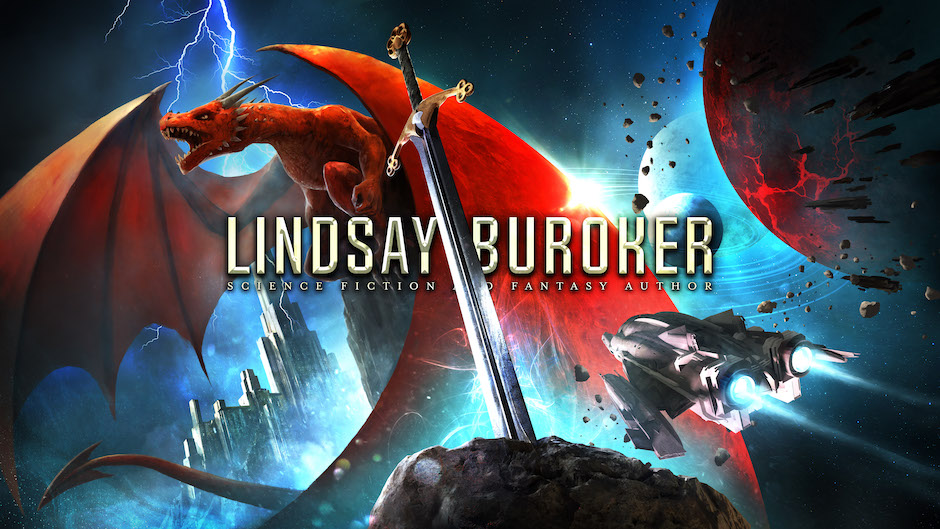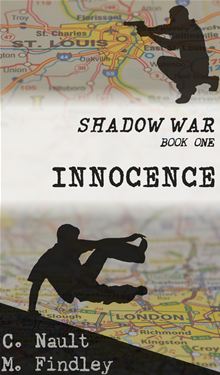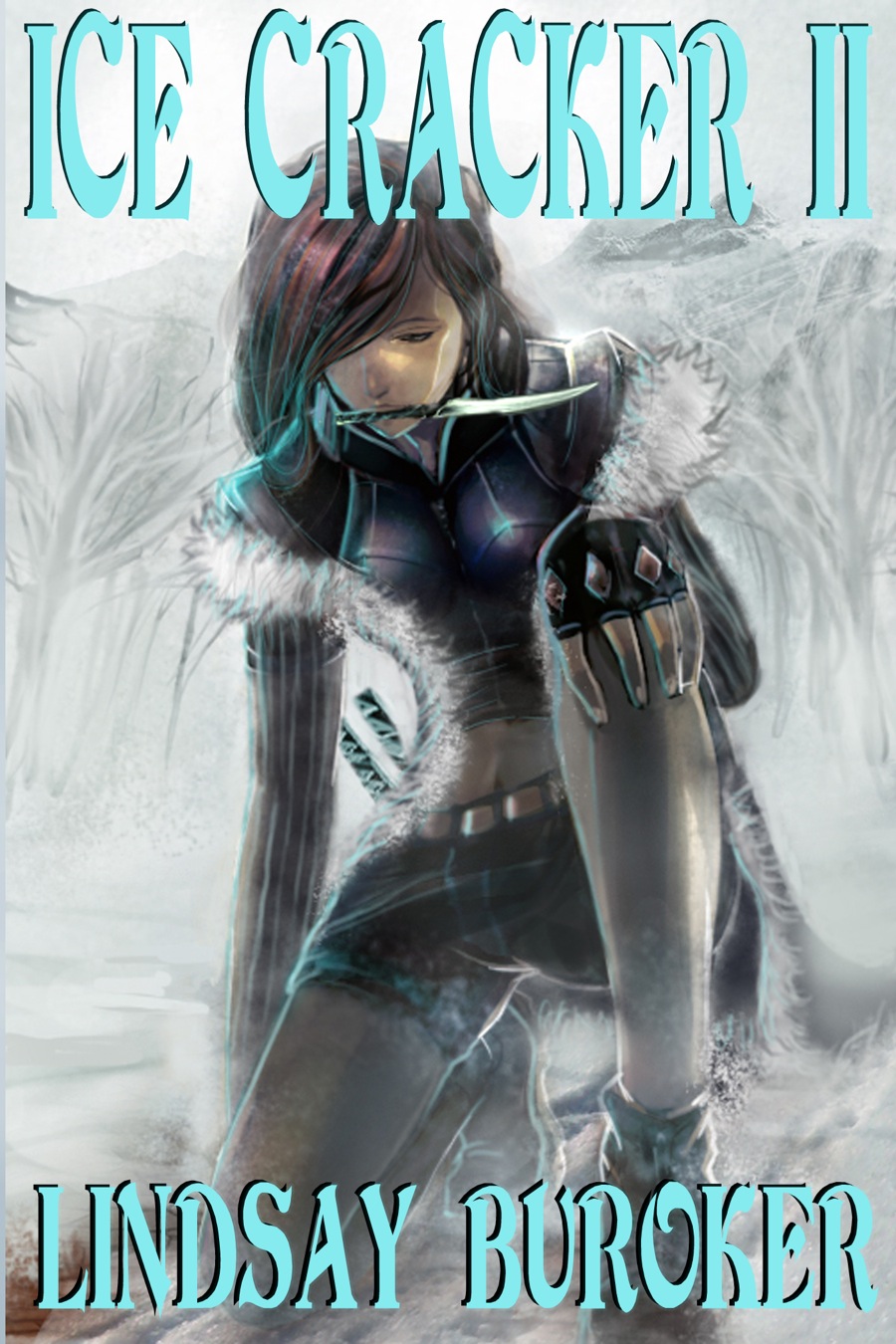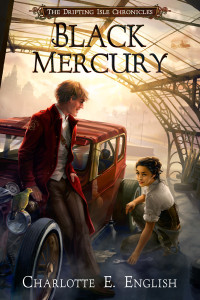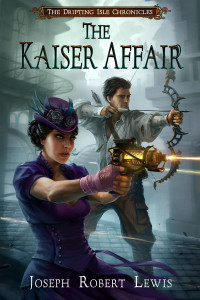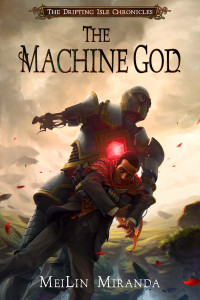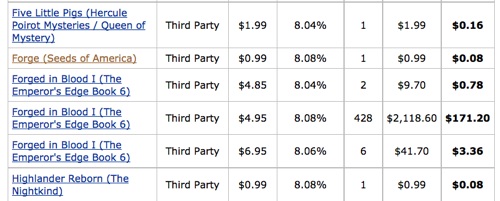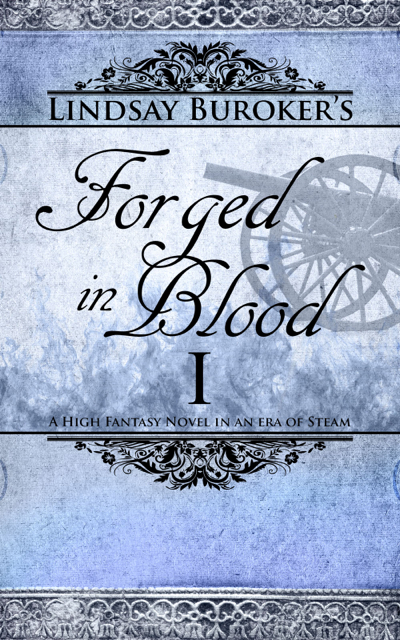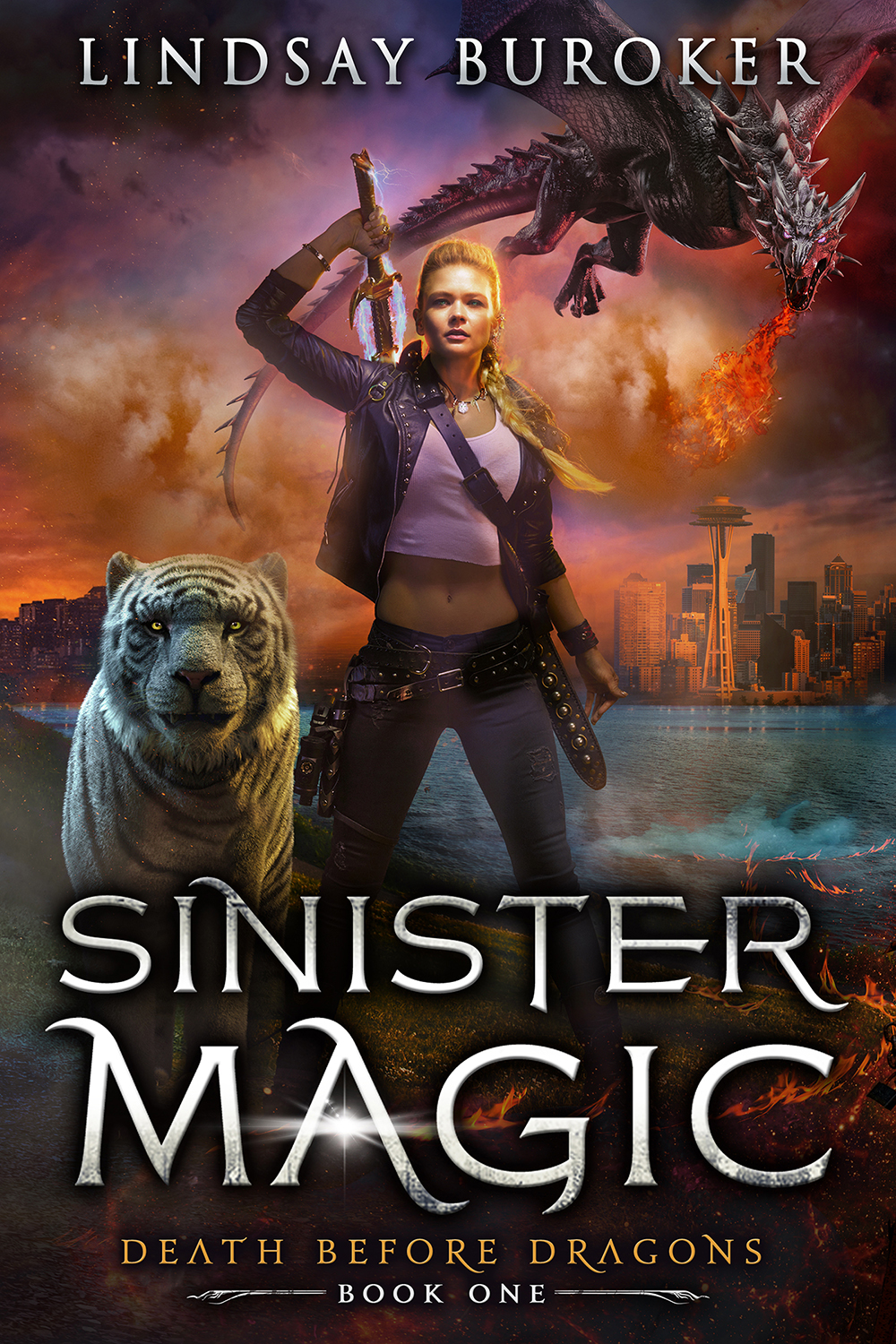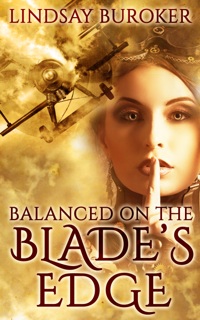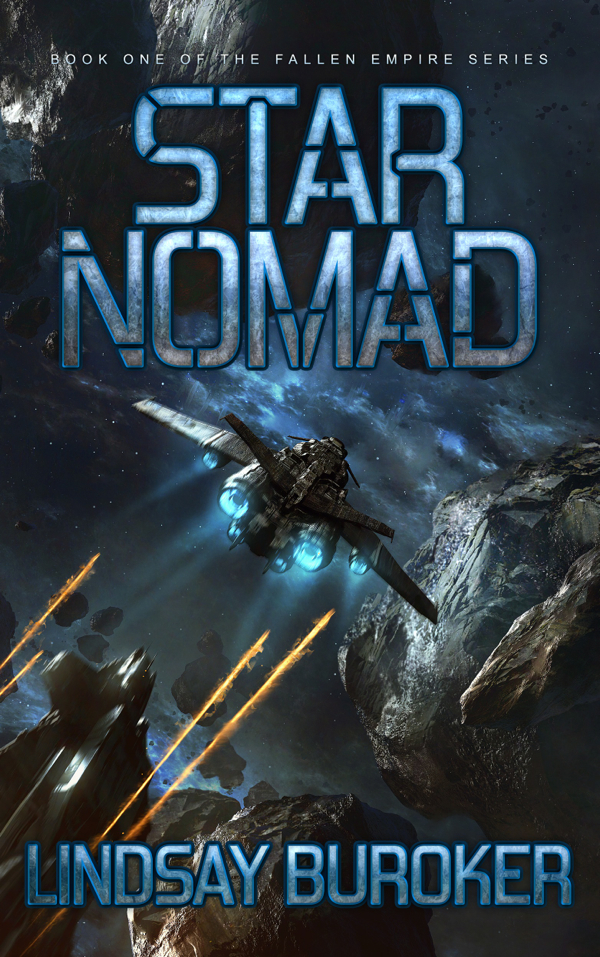If you’ve ever thought about writing with another author, you might enjoy today’s guest post with Catherine Nault and Mana Findley. They met online and have written Shadow War: Innocence, their first book (something they managed in a few short months) and are working on their second, all without ever meeting face-to-face. They have some resources and advice to share with others who may be thinking of going this route.
I’ll let them take over from here!
Collaborating and Co-Authoring Books
Thank you, Lindsay, for hosting us today.
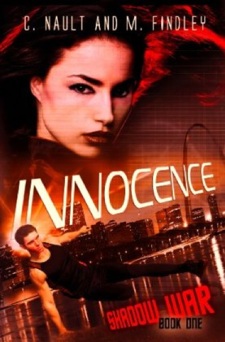 Without further ado, on to the introductions. We are the writing duo Catherine Nault and Mana Findley. Just over eight months ago, we decided to write together, and recently published our first novel, Shadow War: Innocence, with a second book in the Shadow War series due out by the end of summer. Over the past few months, we’ve learned a lot about writing, editing and publishing a book, and how to work with each other. To some, this may not sound like a big achievement, but to us, it is. You see, we’ve never met face to face!
Without further ado, on to the introductions. We are the writing duo Catherine Nault and Mana Findley. Just over eight months ago, we decided to write together, and recently published our first novel, Shadow War: Innocence, with a second book in the Shadow War series due out by the end of summer. Over the past few months, we’ve learned a lot about writing, editing and publishing a book, and how to work with each other. To some, this may not sound like a big achievement, but to us, it is. You see, we’ve never met face to face!
Co-authoring a book with someone you only know through online communications brought unique challenges we needed to address and are still now learning to manage. Here are a few of the lessons we learned along the way. But first, a little background on both of us.
Our meeting and getting to know each other
CN: It all started on Lindsay’s forum, where we connected and started working together on some short stories (ok, fanfiction… what can I say, we’re fans!). Then came the idea of making our association somewhat more serious and working on a longer, original novel. There were many hurdles to overcome, not the least of which being that we barely knew each other.
MF: Catherine and I realized early on in our association that each of us “see” different parts of the same scene. Yet, our writing styles function well together. We compensate for each other’s weaknesses and we combine our strengths to produce better writing than we’d do individually.
Right as we were finishing one short story, Catherine approached me with an idea about one of the main characters in what would become Shadow War. After lots of back and forth in which the original idea morphed into a complete story arc (at least three books!), we decided to try to to write our own novel.
Our writing ways
CN: Shadow War: Innocence was our first attempt at a “formal” writing system between us, and we learned a lot by trial and error. Our first challenge was finding a way to both work on our draft together. With me in Canada and Mana in the States, the distance separating us is not easily traveled. The best way we found of doing so was by using Google Drive. In Drive, two or more people can write in the same document at the same time, and the changes will appear immediately for everyone to see. It’s not a perfect solution, but it serves our purposes as it allows us to both see and edit each other’s writing in real time.
Apart from Google Drive, we use instant messenger to keep in contact and discuss plot points, disagreement, editing, and anything else that’s needed to keep working (and uh… lots of things not in any way linked to writing).
MF: Innocence was written in chapter format. I kept a spreadsheet of the chapters and the general scene contents. I used that document every day to keep track of where I was, and referred back to it for continuity checks. Writing in chapter format was nice for story flow, but hard as could be when you needed to move a scene around.
In Shadow War: Betrayal, we approached the draft differently. We are writing it scene by scene, not caring about defining chapters while doing the first draft. A little like with Scrivener, it allows us to play with scene placement within the chapters as we didn’t have a detailed outline from the start. This has been good and bad. Reading the story for flow seems to be negatively affected, but moving around scenes is a heck of a lot easier.
As you can probably guess, our workflow is still a work in progress. Recently, we have also taken to leaving a note in each scene’s title for whose turn it is to edit it. It helps in being organized and assessing the amount of work left to do in the novel. We also use a website called Lino. Its biggest feature is the possibility to write digital post-it notes and “stick” them on boards. This is how I typically outline, and it has given me the ability to share my notes with Catherine.
Strengths and weaknesses of writing as a duo
CN: Writing with someone is not that different than being in a relationship. I sometimes joke that we need to learn to communicate and compromise like any couple would. At first, I was mostly afraid to suggest changes in the book without seeming pushy or overly critical.
Money was another issue, or more specifically, the spending of it. Since we’re just starting with the business side of writing, our royalties are still low. Still, there are some purchases we needed to consider: editing, cover art, website, and a few more that I’m probably forgetting. Some of those were easily solved: Mana is a programmer so she built our website herself; our awesome editor is also a friend from the Emperor’s Edge forum and she agreed to help us out in exchange for help building her own website. But there are some expenses we couldn’t avoid. We released Innocence with a cover we did ourselves, but it was clear it would be only a temporary solution. This probably was one of our hardest discussions since starting to work together, but after a lot of back and forth and some time to think about it, we decided to bite the bullet and pay for a professionally-made cover.
But without Mana to write with me, I don’t think I would ever have managed to release anything. She’s my everyday cheerleader, my critique partner, my best friend, and I couldn’t have done it without her.
MF: I think our strengths and weaknesses are similar to those of a single author. Everyone suffers through continuity changes and keeping the story straight. The distance adds a level to our organization. Since we can’t keep physical notes, everything from character sheets to world building and timelines has to be online where the other person can read it and add to it if needed.
During the nitty gritty of editing, we take turns reading what was written before and making it our own through highlights and strikethroughs of words. We alert the other to changes and they go in and approve/deny those changes and add their own touches. After several passes we end up with our agreed upon final draft.
As for Catherine’s last statement, I would have to say the same.
Challenges going forward
CN: We have so many projects in mind that we can continue writing together for years to come. Right now, our biggest challenge is probably to keep communicating about problems as they come up, and hope not to get into the fight of the century. Oh, and also actually sell books…
MF: I believe we will work through any communication issues, or other writing hang ups. My biggest challenge is time. I have several irons in the fire, as they say, and creating the time to write is difficult.
In conclusion
We appreciate you hosting us today. We enjoyed discussing how we collaborate. Somehow, it seems a lot more complicated when we try explaining it than simply doing it.
You can visit Catherine and Mana at their website, follow them on Twitter or say, “Hi” on Facebook. Their first Shadow Wars book is available at Amazon, Smashwords, Barnes & Noble, and other stores.
